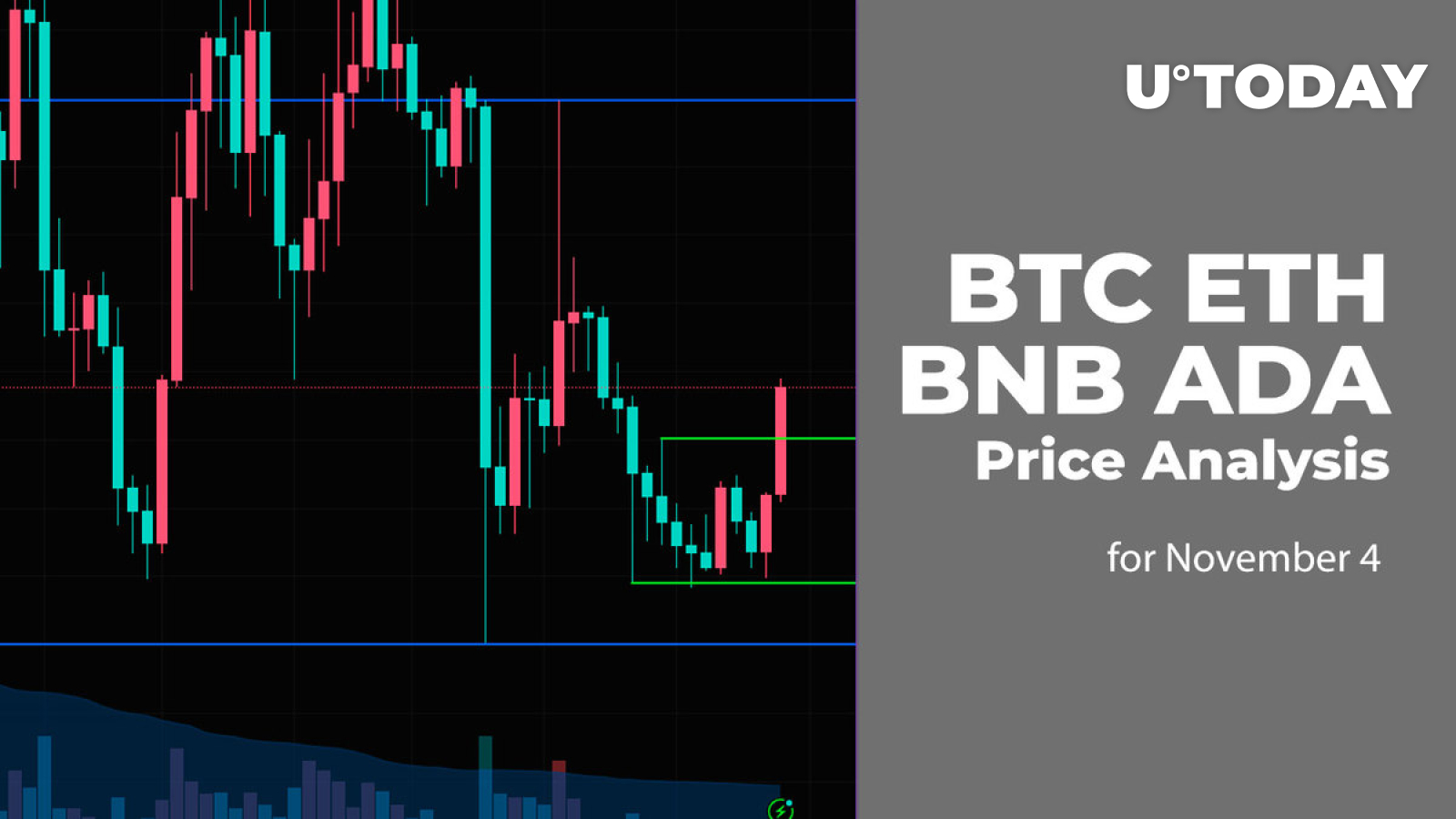Bitcoin Ethereum Solana Portfolio A Comprehensive Guide
Kicking off with bitcoin ethereum solana portfolio, cryptocurrency investing has gained immense popularity, and understanding how to build a well-structured portfolio is essential for both beginners and experienced investors alike. This guide delves into the unique aspects of Bitcoin, Ethereum, and Solana, exploring how they can complement each other in a diversified portfolio.
By focusing on key strategies for integrating these cryptocurrencies, we will illuminate the importance of diversification while highlighting the distinct characteristics and potential future trends of each digital asset. Whether you're looking to invest or simply learn more, this exploration will equip you with valuable insights into creating an effective cryptocurrency portfolio.
Overview of Cryptocurrency Portfolios
A cryptocurrency portfolio is a collection of various digital assets that an investor holds. The primary importance of a cryptocurrency portfolio lies in its potential to maximize returns while minimizing risks through diversification. With the volatile nature of cryptocurrencies, having a well-structured portfolio can help investors mitigate losses and capitalize on market opportunities.Diversification is a crucial strategy in managing a cryptocurrency portfolio.
By spreading investments across different cryptocurrencies, investors can reduce the impact of a poor-performing asset on the overall portfolio. For instance, a typical portfolio might include Bitcoin, Ethereum, Solana, and a few other altcoins, allowing for a balanced risk-reward scenario.
Diversification Strategy in Cryptocurrency Portfolios
To build a diversified cryptocurrency portfolio, consider the following strategies:
- Invest in major cryptocurrencies like Bitcoin and Ethereum, which have established market positions.
- Include newer, promising coins like Solana that offer unique technological advantages.
- Allocate a small percentage of the portfolio to high-risk, high-reward assets.
- Regularly rebalance the portfolio to reflect market trends and personal risk tolerance.
Bitcoin: The Pioneer Cryptocurrency
Bitcoin, launched in 2009 by an anonymous entity known as Satoshi Nakamoto, is the first and most well-known cryptocurrency. Its significance in the market is unparalleled, as it set the foundation for thousands of cryptocurrencies that followed. Bitcoin's decentralized nature and capped supply of 21 million coins contribute to its status as a digital gold.The price of Bitcoin is influenced by various factors, including market demand, regulatory news, technological developments, and macroeconomic trends.
During periods of heightened interest and adoption, Bitcoin's price tends to surge, while negative news can lead to significant downturns.
Including Bitcoin in a Diversified Portfolio

To effectively integrate Bitcoin into a diversified portfolio, consider the following approaches:
- Determine an appropriate percentage of your total investment to allocate to Bitcoin, generally between 20-50% of your portfolio.
- Use dollar-cost averaging to purchase Bitcoin over time, reducing the impact of price volatility.
- Monitor Bitcoin's market trends and adjust your holdings as necessary to align with your investment strategy.
Ethereum: Smart Contracts and Beyond
Ethereum, launched in 2015, is distinct from Bitcoin due to its ability to support smart contracts and decentralized applications (dApps). This innovative platform enables developers to create complex applications that operate on the blockchain, enhancing Ethereum's utility and potential for growth.Ethereum's ongoing upgrades, including the transition to Ethereum 2.0, are poised to significantly impact its value. These upgrades aim to improve scalability, enhance security, and reduce energy consumption, making Ethereum more attractive to investors and developers alike.
Integrating Ethereum into a Portfolio Strategy
To effectively incorporate Ethereum into your investment strategy, consider the following:
- Allocate a dedicated portion of your portfolio to Ethereum, typically around 15-30% based on your risk appetite.
- Stay informed about Ethereum's upgrades and their potential impact on the network's performance.
- Utilize staking options to earn passive income from your Ethereum holdings while contributing to network security.
Solana: The Fast and Scalable Blockchain
Solana has emerged as a leading blockchain platform known for its impressive transaction speeds and low fees. Its unique proof-of-history consensus mechanism enables rapid processing times, making it an attractive choice for developers looking to build scalable dApps.The role of Solana in the dApp ecosystem is expanding, with many projects choosing to launch on its platform due to its superior performance metrics compared to Ethereum and other blockchains.
This growth positions Solana as a key player in the future of decentralized finance (DeFi) and non-fungible tokens (NFTs).
Investing in Solana within a Broader Portfolio
When considering an investment in Solana, the following strategies may be beneficial:
- Allocate a smaller percentage of your overall portfolio to Solana, typically around 5-15%, to balance risk and reward.
- Research Solana-based projects to identify potential investment opportunities within its ecosystem.
- Keep track of Solana's technological advancements and market adoption, adjusting your investment decisions accordingly.
Comparative Analysis of Bitcoin, Ethereum, and Solana
Analyzing the risk and return profiles of Bitcoin, Ethereum, and Solana reveals distinct characteristics that can guide investment decisions. Bitcoin is often viewed as a store of value, Ethereum as a platform for innovation, and Solana as a high-speed transaction facilitator.Market trends indicate that Bitcoin often leads the market, impacting the performance of other cryptocurrencies. Ethereum's value tends to rise with increased adoption of dApps, while Solana benefits from trends in DeFi and NFT markets.
Comparison Table of Key Metrics
| Cryptocurrency | Market Capitalization | Transaction Speed | Key Features |
|---|---|---|---|
| Bitcoin | Over $800 Billion | 10 Minutes | Decentralized currency, store of value |
| Ethereum | Over $400 Billion | 15 Seconds | Smart contracts, dApps |
| Solana | Over $10 Billion | 400 milliseconds | High throughput, low fees |
Managing a Cryptocurrency Portfolio
Regularly reviewing and adjusting a cryptocurrency portfolio is vital for maximizing returns. A good framework includes setting specific investment goals, monitoring market conditions, and rebalancing the portfolio as necessary.Tracking performance can be achieved through various tools and platforms that provide insights into the value and performance of cryptocurrency holdings. Staying informed about market developments can also help investors make timely decisions.
Tax Implications and Reporting Requirements
Investors must understand the tax implications of cryptocurrency investments. In many jurisdictions, cryptocurrencies are treated as property, meaning capital gains taxes apply. Proper reporting of transactions is essential to comply with regulations and avoid potential fines.
Future Trends in Cryptocurrency Investments

Emerging technologies such as layer-2 solutions, decentralized finance, and non-fungible tokens are likely to significantly influence the future landscape of cryptocurrencies. These innovations could enhance scalability, accessibility, and user engagement within blockchain ecosystems.Predictions for Bitcoin, Ethereum, and Solana include continued growth as adoption increases and technological improvements are implemented. As institutional interest in cryptocurrencies rises, these assets may experience more stability and mainstream acceptance.
Resources for Staying Updated on Cryptocurrency Trends
To remain informed about the latest developments in the cryptocurrency market, consider the following resources:
- Cryptocurrency news websites and blogs
- Social media platforms for updates from industry leaders
- Online forums and communities dedicated to cryptocurrency discussions
- Webinars and virtual conferences on blockchain technology
Outcome Summary
In conclusion, the bitcoin ethereum solana portfolio encapsulates the dynamic landscape of cryptocurrency investments. By understanding the individual merits of Bitcoin, Ethereum, and Solana, investors can navigate the complexities of the market more effectively. As the cryptocurrency realm continues to evolve, staying informed and adaptable will be crucial for maximizing potential returns and mitigating risks.
Question Bank
What is a cryptocurrency portfolio?
A cryptocurrency portfolio is a collection of various digital currencies held by an investor, aimed at maximizing returns while minimizing risk through diversification.
How do I start a cryptocurrency portfolio?
Begin by researching different cryptocurrencies, determining your investment goals, and choosing a mix of assets that align with your risk tolerance and market outlook.
Why is diversification important in cryptocurrency investing?
Diversification helps spread risk across different assets, reducing the impact of volatility and potential losses from any single cryptocurrency.
What factors should I consider when managing my portfolio?
Regularly review market trends, track performance, assess your investment strategy, and stay informed about developments in the cryptocurrency space.
Are there tax implications for cryptocurrency investments?
Yes, cryptocurrency transactions may be subject to capital gains tax, and it’s important to keep detailed records of your trades for tax reporting purposes.




